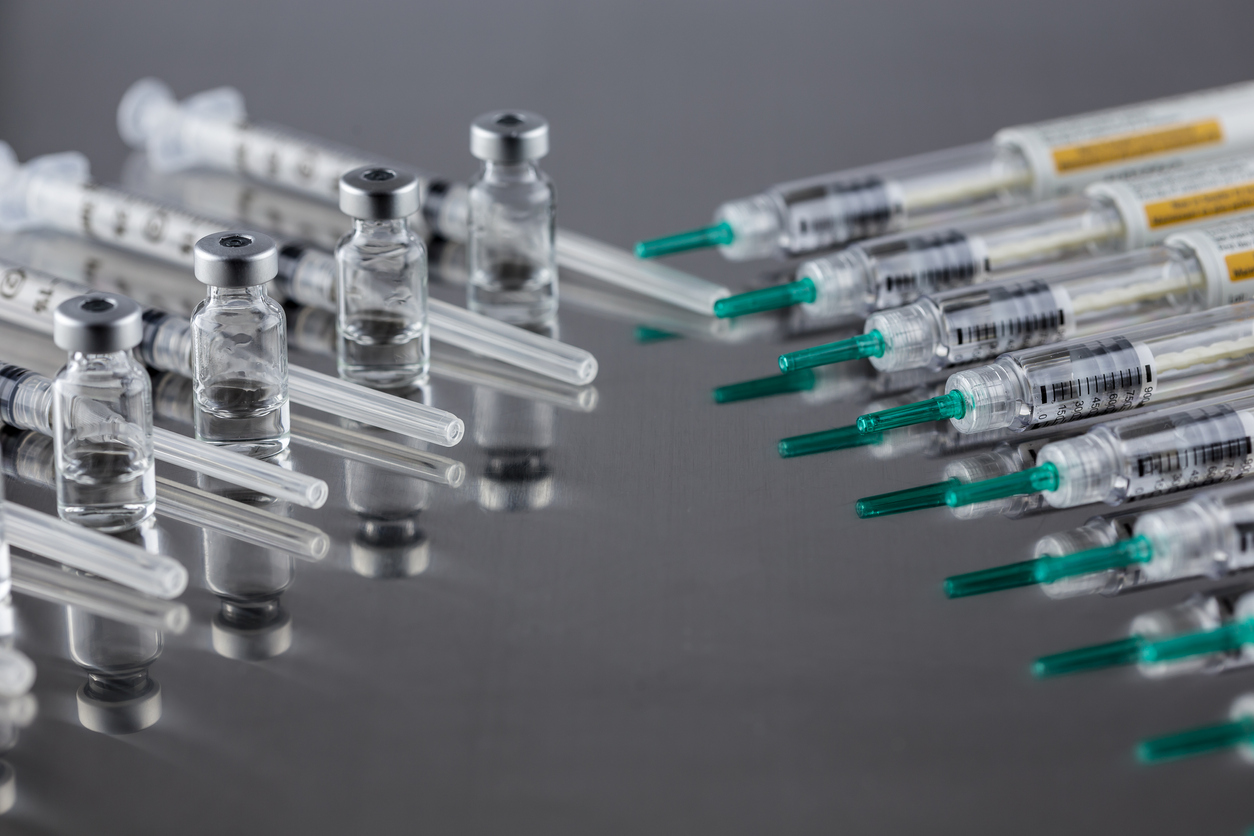Regarding parenteral manufacturing, regulatory compliance, and audits are two of the most important pillars of product safety and patient well-being. Stringent demands associated with pharmaceutical production necessitate meticulously adhering to established regulations and guidelines to preserve product integrity and enhance public confidence.
Within this intricate landscape, contract manufacturing organizations (CMOs) are pivotal players because they are entrusted with manufacturing pharmaceutical products for other companies. That means that CMOs are responsible for upholding the highest regulatory compliance standards to ensure the products produced are safe and effective. These responsibilities extend past production. They are responsible for product safety, efficacy, and compliance with industry regulations.
The primary focus of this blog is the illumination of CMO navigation of the labyrinthine path of regulatory compliance and audits. Within this exploration, we’ll talk about the multifaceted approaches employed by CMOs to uphold product safety, including through regulatory compliances and audits.
Regulatory Landscape in Parenteral Manufacturing
Navigating the Regulatory Framework
It’s critical to understand the regulatory framework that governs parenteral manufacturing. This framework has a wide range of regulations and guidelines. These include the Current Good Manufacturing Practice (cGMP) and the International Council for Harmonization (ICH) guidelines. Compliance oversight is entrusted to authoritative bodies like the FDA or EMA.
Sterile Injectable Manufacturing Requirements
Sterile injectables production requires extensive attention to regulatory mandates. This ranges from maintaining aseptic processing to controlling contamination risks. There is also a requirement for meticulous documentation, reporting, and record-keeping to ensure pharmaceutical product safety and quality.
The Role of CMOs in Regulatory Compliance
Collaborative Compliance Planning
CMOs frequently collaborate with partners from the earliest product development stages. This is to ensure that regulatory strategies are aligned, making it possible to have a seamless compliance expectation integration.
Pillars of Regulatory Adherence
CMOS must establish comprehensive quality systems to adhere to cGMP. These systems contain provisions for stringent quality control measures and assurance practices for safe pharmaceutical production.
Regulatory Expertise and Continuing Vigilance
CMOs often have dedicated regulatory affairs teams, instrumental in staying abreast of regulatory and guideline updates and changes. The vigilant tracking of regulation and guideline evolutions ensures that CMOs make proactive adjustments to stay compliant.
Scrutiny in the Audit Process
Proactive Compliance Measures
Conducting routine internal audits is one of the best ways to engage in proactive compliance measures. These are a cornerstone for the commitment to compliance upheld by CMOs. Internal audits identify potential gaps and implement corrective and preventative actions (CAPA), showing proactive rectification.
Supply Chain Audits and Qualifications for Compliance
CMOS must conduct audits to assess supply chain audits concerning regulatory standards. Supplier audits and ongoing monitoring documentation are needed to ensure regulatory compliance.
Audit Readiness
By having meticulous documentation, CMOs encourage accessibility and transparency during regulatory inspections.
External Audits and Collaborative Regulatory Inspections
Regulatory Inspection Purpose and Process
Regulatory inspections range from routine to pre-approved assessments. Regardless of the type, there is a requirement for meticulous preparation. These inspections aim to assess all manufacturing processes and compliance protocol aspects.
Regulatory Inspection Collaboration
CMOs and regulatory inspections involve open communication and collaboration. These are two of the most significant aspects of the inspection. A transparent and cooperative inspection process comes from addressing questions and concerns in real time, showing a commitment to follow the required guidelines.
Successful Regulatory Audit Handling
It’s possible to spotlight CMOs that have successfully undergone regulatory audits using real-life examples of the steps that indicate how to do so. For example, one commonality is having extensive documentation proving and showing the actions taken in processes.
Continuous Regulatory Compliance Improvement
Process Enhancement through Audit Finding Integration
CMOs use audit findings to drive process enhancements through root cause analysis and corrective action implementation. This indicates an iterative approach that reflects their commitment to quality improvement.
Ongoing Training and Education
Compliance sustainability requires that the workforce be skilled. As a result, one of the most important investments made by CMOs is the ongoing training and education provided to ensure employee competency and awareness of regulatory requirements evolution, leading to a culture that supports and actively seeks compliance.
Product Safety Regulatory Compliance Benefits
Enhanced Product Safety and Quality Assurance
By engaging in robust regulatory compliance, CMOs get a direct translation into improved product safety and quality assurance in parenteral manufacturing. To this end, patient health is protected.
Risk Mitigation and Hazard Prevention
Strict adherence to regulatory standards enables CMOs to mitigate emerging risks and prevent potential hazards associated with parenteral manufacturing, enhancing overall safety.
Strengthened Reputation and Market Standing
By indicating an unwavering regulatory compliance reputation, CMOs have enhanced credibility associated with them. This fosters trust among stakeholders, including patients, and establishes a strong market presence.
Emerging Trends in Parenteral Manufacturing
Digital Technologies Integration for Audit Efficiency
CMOs are embracing digital tools to streamline their audit preparation and execution processes. This has led to a more efficient overall process and improved accuracy.
Proactive Compliance Monitoring for Parenteral Manufacturing
By using real-time data analytics, CMOs have become empowered in dynamically monitoring compliance. This has also enabled prompt detection and rectification of any deviations and opportunities for risk mitigation.
Global Regulatory Standards
One of the most important emerging trends is harmonizing global regulatory standards for parenteral manufacturing. Through these actions, compliance has been simplified for CMOs operating across diverse markets. This helps to increase the global market because there are more CMOs that adhere to the same requirements, leading to more options for customers all over the world.
Key Points
Within this blog, it’s been made clear that regulatory compliance and audits are critical for fortifying product safety and patient well-being. CMOs act as vanguards of regulatory compliance in sterile injectable manufacturing, epitomizing precision expertise and commitment to safety. Pharmaceutical enterprises seeking partnerships must align with CMOs that support regulatory compliance and are committed to product safety and quality standards.
Read more about mitigating risks in sterile injectable manufacturing here.
